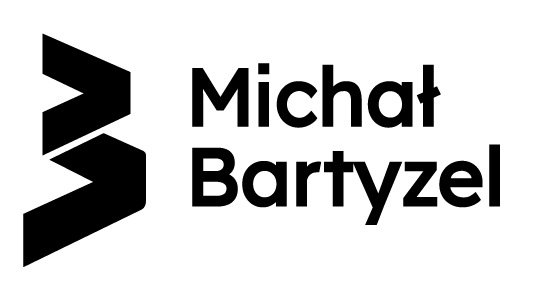Never, ever answer this kind of question! But let's start from the top.
I think that every single software professional has seen this movie.
Beauty of this show is the Authors extremely clearly grab the structure of the communication gap between business and technical folks. Probably you have also experienced conversation similar to the one above.
But there was the critical moment which determined the conversation flow went toward the absurd. This is the moment I'm writing about:
Look at the Expert eyes. When the question was asked, he stoped breathing for while and he slightly moved eyes up. What did that mean? Well, this is not Math, but I recognized that he fired up
BusinesRuleValidator and he started thinking about a solution. His intention was obviously positive - he tried to answer the question. There are couple things need to be emphasised in this case to help the Expert to handle the situation.
They didn't want seven lines to be drawn
Really, they didn't want those lines at all. The wanted to achieve some benefits (but not this general blah blah from the beginning :) ) and they want their problems to be solved. The lines were just only their idea to meet these needs.So it would be more comfortable for the Expert to discover these needs first instead of explaining them what is possible or what is not. The Upward Generalisation Pattern was designed for that purpose.
Keep technicals for your teammates
Don't explain geometry rules to people who are unable to distinguish colours and perpendicularity :) When you are attendee of that meeting, collect as much information as you're able to. Answer some questions (basically using metaphors or analogies), but for God's sake don't dive deep into technical details.They're not partners to this kind of conversation. They are excellent source of needs and business cases, but keep technical details for your teammates.
They reframed contexts to push the Expert into commitment
Task is clear! How do you know before you try? Now you've confused everyone! What exactly stop us? Just ignore it! Seven red lines it's not twenty! You don't see overall picture! It's not a difficult task! Suggest a solution! Any fool can criticize!Statement's above are so-called reframings. In general reframing is a technique to stretch your perspective by swapping context behind your point of view. The operation challenges your beliefs related to the situation and gives you a deeper insight into the one.
But you may also backstab with a reframing. In the sketch business people use the statements above (which may be true in some contexts) to gain their persuasion power and push the Expert into commitment. Of course the statements are not valid in the context of the conversation, but this was concealed.
Don't ask this kind of questions
Always commit yourself by three phases: Listen-Analyse-Commit. That's ok to refuse the commitment question till you analyse the situation.It's not a big deal to commit oneself to do something. The challenge is to bring the thing done. My practice is: commit myself on the next meeting :)
You are definitely the Expert, you should know better
So, if you say you need more details - you definitely need it!If you say you need an specific example or use case - you definitely need it!
If you say you are unable to answer now - you're definitely right!
You are part of the meeting not because of nodding but because of your expertise. You are trustworthy because you are able to say both: 'Yes' or 'No' if needed.
